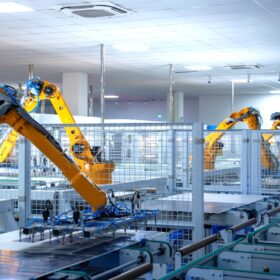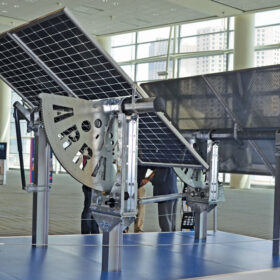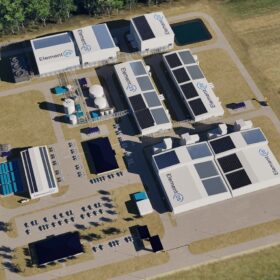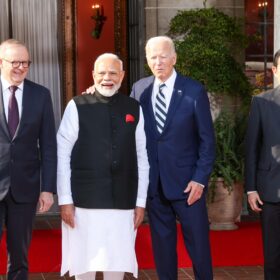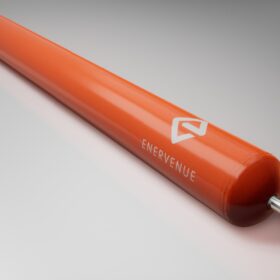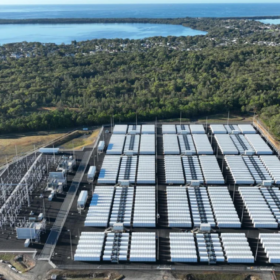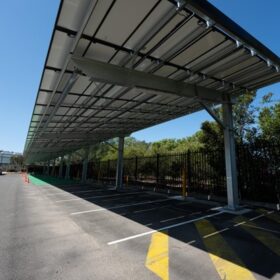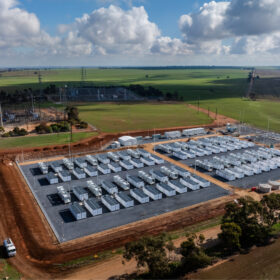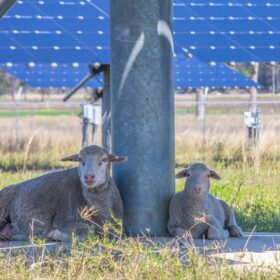Enphase microinverter Australia launch comes with series-wide 25-year warranty
Enphase Energy has launched its grid-forming IQ8X™ microinverter in Australia, while extending a limited 25-year warranty on all IQ8-series microinverters activated from 1 October 2024.
USA module manufacturer SEG Solar turns sod on 5 GW Indonesian plant
United States-headquartered solar module manufacturer SEG Solar has started building 10 N-type cell production lines in Indonesia’s Kawasan Industri Terpadu Batang industrial park, 390 kilometres east of Jakarta.
Array announces 77-degree solar tracker stow for hail and wind protection
Unites States solar tracker company Array Technologies has unveiled a solar mounting system that responds to weather events, protecting solar assets.
US solar industry on track to install 250 GW in five years
According to the United States Solar Market Insight Q3 2024 report, in the two years since passage of the Inflation Reduction Act the solar industry has added 75 GW of new capacity to the grid, representing more than 36% of all solar capacity built in nation’s history.
Perth miner lands $243 million US government grant
Australian manganese miner Element 25 has been granted $243 million by the United States government to support the development of a refining facility that will transform the metal into a battery-grade product.
Quinbrook picks GE Vernova for 1 GWh Supernode battery stage
Quinbrook Infrastructure Partners has tapped United States-headquartered energy equipment manufacturer GE Vernova to deliver an integrated battery energy storage system solution for the 250 MW / 1,000 MWh second stage of its Supernode project being developed in southeast Queensland.
$50 million funding to boost clean energy supply chain
The Australian government will in November open applications for a $50 million funding program that is to support the development of more diverse solar PV, hydrogen electrolyser and battery supply chains in the Indo-Pacific region.
Nextracker introduces solar mount foundation services for soil types ‘anywhere’
The solar tracking provider has introduced NX Anchor, further expanding the types of soil and areas that solar installers can develop on.
Meyer Burger cancels US solar cell plant, announces restructuring
Swiss-German PV manufacturer Meyer Burger has announced company restructuring plans, put an end to a proposed United States solar cell plant and put on hold plans for capacity expansion at an existing module production plant in the US. Existing cell production site in Germany to remain part of Meyer Burger operations.
Avid signs Australian supply deal for nickel-hydrogen storage solution
Western Australian energy solutions provider Avid Group has signed a master supply agreement with United States-headquartered company Enervenue which manufactures nickel-hydrogen batteries it says are capable of more than 30,000 duty cycles at two to 12-hour discharge rates.

